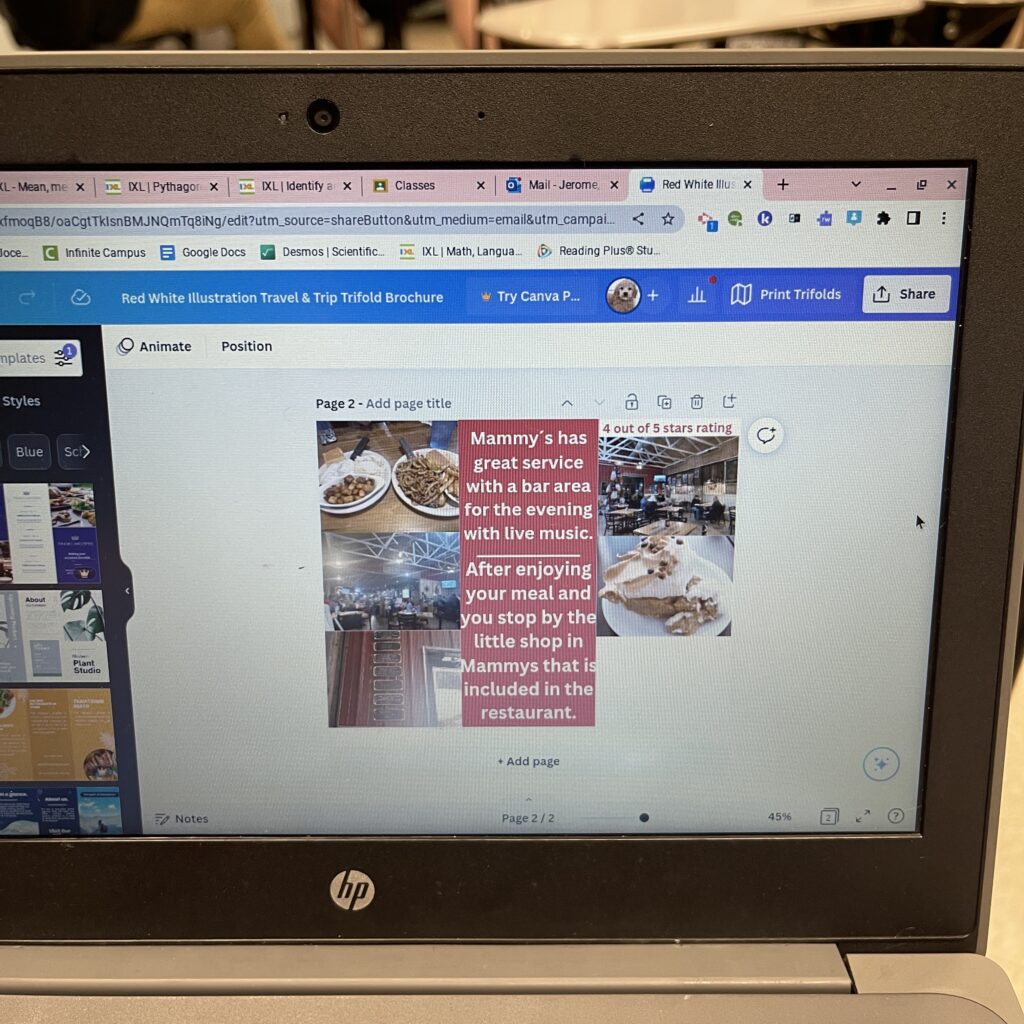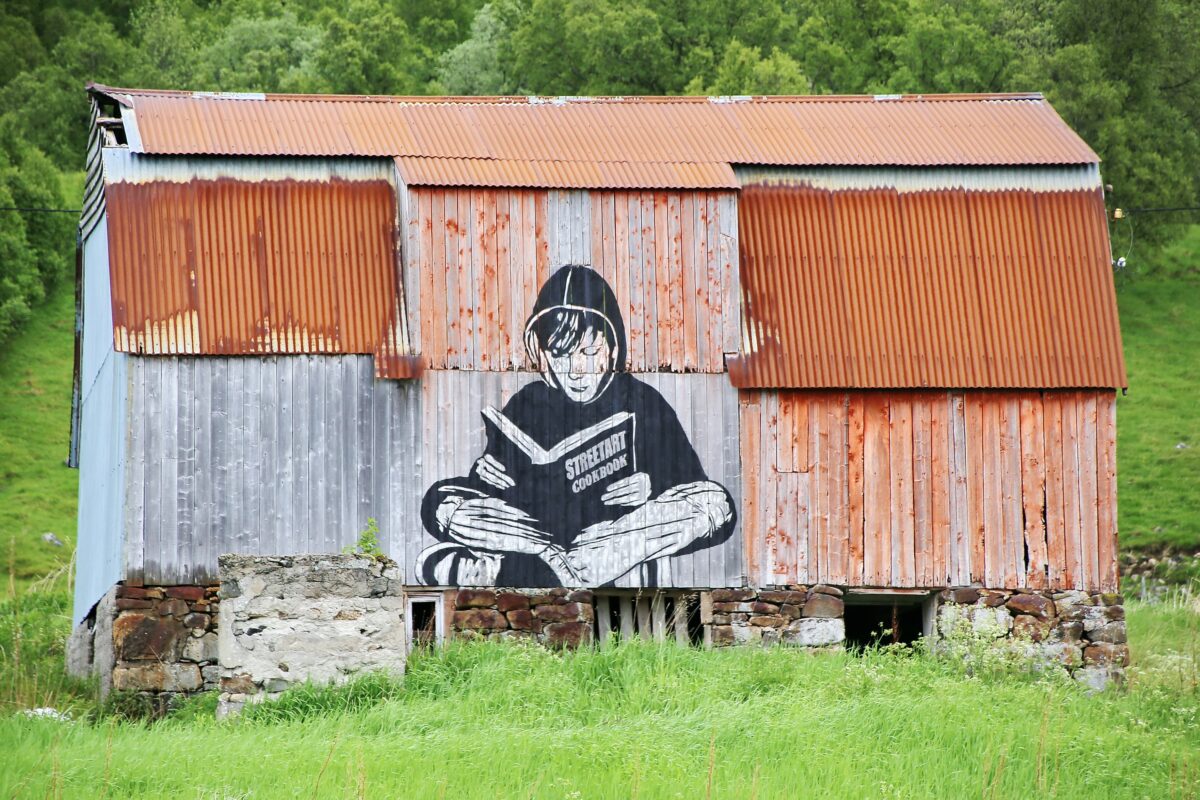We’re wrapping up the 2022-2023 school year, and several teachers in my district are continuing their journeys into deeper learning.
Rather than freaking out and focusing on end-of-year testing that means nothing (you know I’m right), I’m working with several 8th-grade classes on worthwhile projects.
One class is designing tourism resources for Bardstown. If you’re not familiar, the tourism industry is HUGE in this area thanks to two things: history and bourbon. Kentucky tourists spent $5.9 billion in 2020, and many of those dollars can be traced to bourbon tourism.
Students are working in groups to create materials for different tourist destinations in Bardstown. They got to choose the location, the format for their materials, and how they will ultimately present them.
Let’s connect this work back to the 4 Shifts and how we’re using it to foster deeper learning in classrooms:
Deeper Thinking and Learning
- Students are researching famous local places. Some of them are taking tours after school hours, conducting interviews, and doing independent research
- Students are discussing what information needs to be included in their information. What should be in a brochure? What do we need to mention in a video?
Authentic Work
- Students are using design tools that are used in the real world to create and publish their work: Canva, YouTube, CapCut, etc.
- Could these projects be used as part of a tourism promotion? Perhaps. This work will likely be a “first draft” of a potential business or tourism department collaboration.
Student Agency & Personalization
- Students chose the format and tools.
- Students chose the topic
Technology Infusion
- Any technology usage is secondary to the research and information presented. Technology is merely the tool conveying the message, not the message itself.
I could go on, but I’ll save a further discussion for the project completion. Suffice it to say the kids are very interested in these projects and what they are learning about their hometown.

I came in to assist in the combination of technology with content. Students are creating on different platforms and need to tie the information together. Several have made videos that we’ve uploaded to YouTube. We created QR codes and added them to the brochures. We’ve used royalty-free music for the videos. Some students even used AI (yep) to help write the script before recording voiceovers.
My point for sharing this work is this: diving into deeper learning can be fun for you and your students. Will some resist? Yes. Will some still find ways to disengage and not really accomplish anything? Yes.
But it’s all part of the adventure of learning. For them, and for us.
The Eclectic Educator is a free resource for everyone passionate about education and creativity. If you enjoy the content and want to support the newsletter, consider becoming a paid subscriber. Your support helps keep the insights and inspiration coming!



